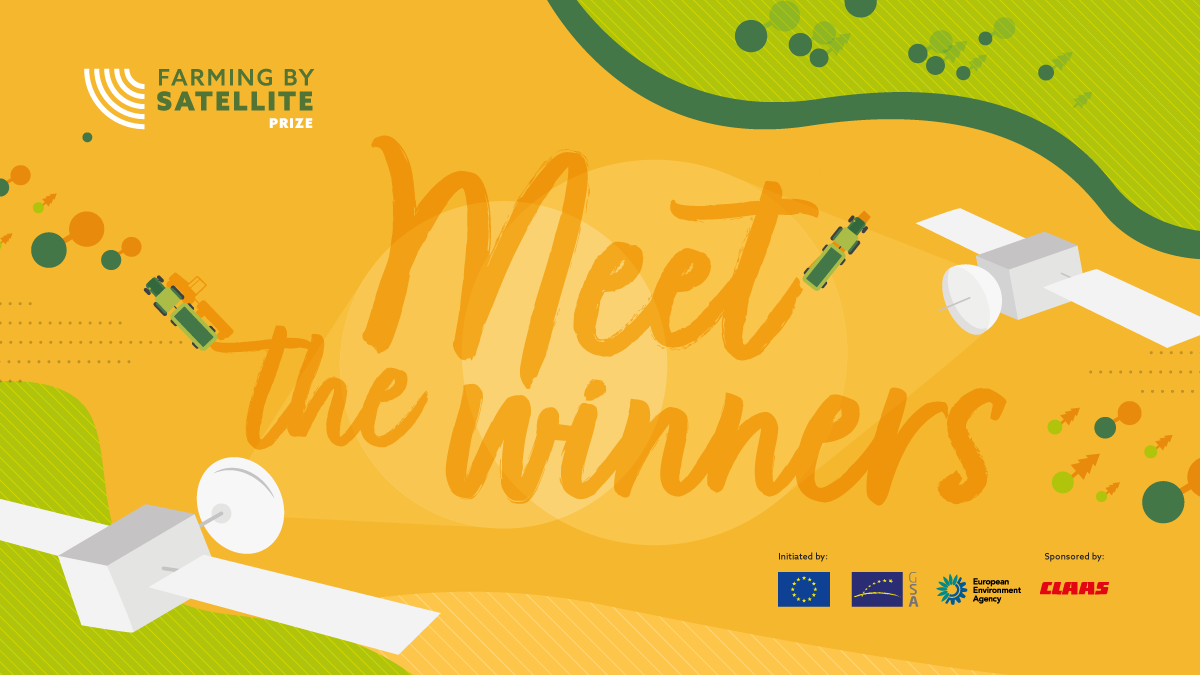The World Cup Ball And Its Astonishing Effects Can Be Easily Explained Through TheTheory Of Dynamic Interactions, Which Also Applies To The Flight Of The Boomerang.

The official World Cup ball, the so called “Jabulani”, which has been object of a lot of criticism due to its unpredictable path, will be studied by the FIFA and experts after the World Cup.
The “strange effects” in the behaviour of the official World Cup ball can be easily described through the physical theory proposed by the Spaniard Gabriel Barceló. For more than twenty years this Spanish PhD in Engineering has been explaining the deviation of a ball, the effect of tennis or ping-pong balls or the curved paths of golf balls through the Theory of Dynamic Interactions (TID). This physical theory describes the behaviour of bodies exposed to acceleration through rotation, from soccer balls to rotating heavenly bodies.
This theory enables an easy understanding of the path of the “Jabulani” and gives the reason for its possible changes, in the same way as this theory explains the typical flight of the boomerang or the rotation of galaxies in space.
Another Spanish engineer, Arturo Rodriguez, who cooperates with PhD Barceló on this investigation project, was the initial observer of the effects of the “Jabulani” and confirmed that it behaved according to the TID , based on the following reasoning: According to official or orthodox Physics, the reason for the effects which occur to the soccer ball (and which cause the change from rectilinear to circular path) is of aerodynamic origin, i.e. they arise from the interaction of the surface of a body (ball) with the environment (draughts). Usually this deviation of the ball is, erroneously, attributed to the so called “Magnus Effectâ€, without quantification and with insufficient scientific rigor.
But in fact the surface of the “Jabulani” is identical to that of any other soccer ball (shape, size, weight, material, roughness, etc …). What makes this ball different from others is only the internal structure, which in this case is made up of a layer of spherical rubber sectors instead of the homogeneous and continuous structure of traditional balls. Therefore there is every indication that it is this difference which causes a differentiated dynamic behaviour.
Summarizing, according to the analysis which derives from the “Magnus” effect this internal structure of the ball is of none importance, as orthodox Physics only takes into account the aerodynamic effects which are originated between the surface of the ball and the environment (air).
This clear contradiction proves that the physical-mathematical model which has been generally accepted up to date would not be correct. I have been analyzing this topic and have come to the conclusion that this phenomenon confirms the correctness of the Theory of Dynamic Interactions.
Already in 2005 PhD. Barceló published the book “El vuelo del Bumerán†(The flight of the Boomerang), where he explained the TID, later reiterating his arguments in the text “Un mundo en rotación†(A rotating World), published in 2008. In both books he analyzes rotating bodies and repeatedly insists on looking for new solutions to existing rotational questions related to the paths of spinning balls, as well as other similar astrophysical phenomena, or even its possible use in astronautics. This theory has been presented in various Physics and Mathematics Conferences and has been published in several journals.
After so many years, this ball could be the proof of the theory, because, at it is not homogeneous, internal torques will be originated due to the uneven effect of the weight of each sector of the ball, so that gravity will favour the existence of curved paths of the “Jabulani” ball. This theory could be used in the design of spinning or non spinning balls.
The theory of Dynamic Interactions (TID) can be looked up in Internet on:http://www.advanceddynamics.net/
Via EPR Network
More Aerospace press releases













